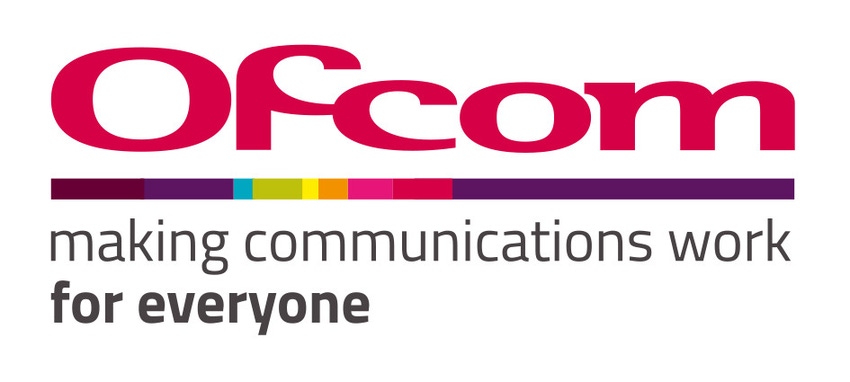UK telco watchdog Ofcom intends to keep an even more watchful eye on operators' network performance and availability.
December 7, 2022

UK telco watchdog Ofcom intends to keep an even more watchful eye on operators’ network performance and availability.
The regulator on Tuesday shared the conclusions of a consultation launched in February designed to inform its future approach to regulating the mobile market. One of the resulting changes it wants to implement is giving consumers more information to help them pick the provider that’s best for them.
“Network quality is likely to be of growing importance to customers,” Ofcom said. “We will continue our work to develop better information on network quality, including using crowdsourced data. This will inform our own future work, and help customers make better decisions about which provider they use, which should in turn encourage providers to better meet customers’ needs on quality.”
Ofcom didn’t specify, but this information could include, for example, the amount of time end users spend connected to 5G, rather than just the locations where 5G masts have been deployed. Or, it might require operators to share a bigger range of network performance metrics, like latency, or app-specific performance.
Regardless of the actual data points, going forward, operators should probably expect Ofcom to keep even closer tabs on them than it does already.
As for the actual number of operators that need watching, that appears to be less important to Ofcom, albeit only slightly.
February’s consultation garnered a lot of interest at the time because it seemed to suggest that in future, Ofcom would be more open to the idea of consolidation. Even though Ofcom caveated its apparent change of heart by highlighting a lack of evidence that market concentration yields sufficient benefits to end users, it doesn’t seem to have dissuaded Vodafone and Three from initiating merger talks.
Fast-forward to Tuesday, and Ofcom has not altered its stance, reiterating that its position would be informed by its “view on the effectiveness of competition” that can reasonably be expected following a merger, “rather than just the number of competitors”.
The watchdog confirmed that “any future mergers would need to be assessed on a case-by-case basis, rather than on a presumptive view of the appropriate number of competitors”.
The need to invest in network expansion and upgrades – like 5G standalone (SA) – against a backdrop of rising economic volatility doesn’t seem to have changed Ofcom’s mind either.
“MNOs face a challenging investment climate, and some have questioned whether the market will deliver significant investment in the coming years. However, we consider that the MNOs have commercial incentives to continue to invest to improve mobile networks, particularly where demand for mobile data is high,” said Ofcom.
“While MNOs have said that their financial performance in recent years has not been supportive of investment, they have all undertaken significant investment: a total of £2.7 billion a year on average over the last five years. In addition, their business plans show that they plan further significant investment over the next few years, to deliver increased capacity and widespread rollout of 5G, with some looking to launch 5G standalone shortly,” it added.
Ofcom’s priority going forward is positive outcomes, it said. More specifically, these include: good service quality; value for money; choice; widespread network coverage; innovation and investment in new technologies and networks; and support for financially vulnerable customers.
The primary means for delivering these outcomes, Ofcom said, is a well-functioning mobile market based on two elements: competition, and well-informed customers. The former has implications for consolidation, while the latter relates to Ofcom’s plans for making operators share more data about the quality of their coverage.
Also on Tuesday, Ofcom shared its position on whether the upper 6 GHz band should be freed up for wireless data – whether that be cellular or Wi-Fi. The frequencies are currently used for services including satellite and radio astronomy, but unsurprisingly there is pressure coming from the telecoms industry to reassign them. The matter is on the agenda for the next World Radiocommunications Conference (WRC) in 2023.
“Based on the balance of risks and opportunities, Ofcom favours a ‘no change’ outcome to the upper 6 GHz band in discussions at WRC-23, which will provide flexibility to respond to future market and industry developments,” Ofcom said.
While that might disappoint telcos keen to add as much spectrum as possible to their holdings, the decision taken at WRC-23 is what really matters. As far as that goes, it’s all still to play for.
Get the latest news straight to your inbox. Register for the Telecoms.com newsletter here.
About the Author(s)
You May Also Like








.png?width=300&auto=webp&quality=80&disable=upscale)


_1.jpg?width=300&auto=webp&quality=80&disable=upscale)


.png?width=800&auto=webp&quality=80&disable=upscale)